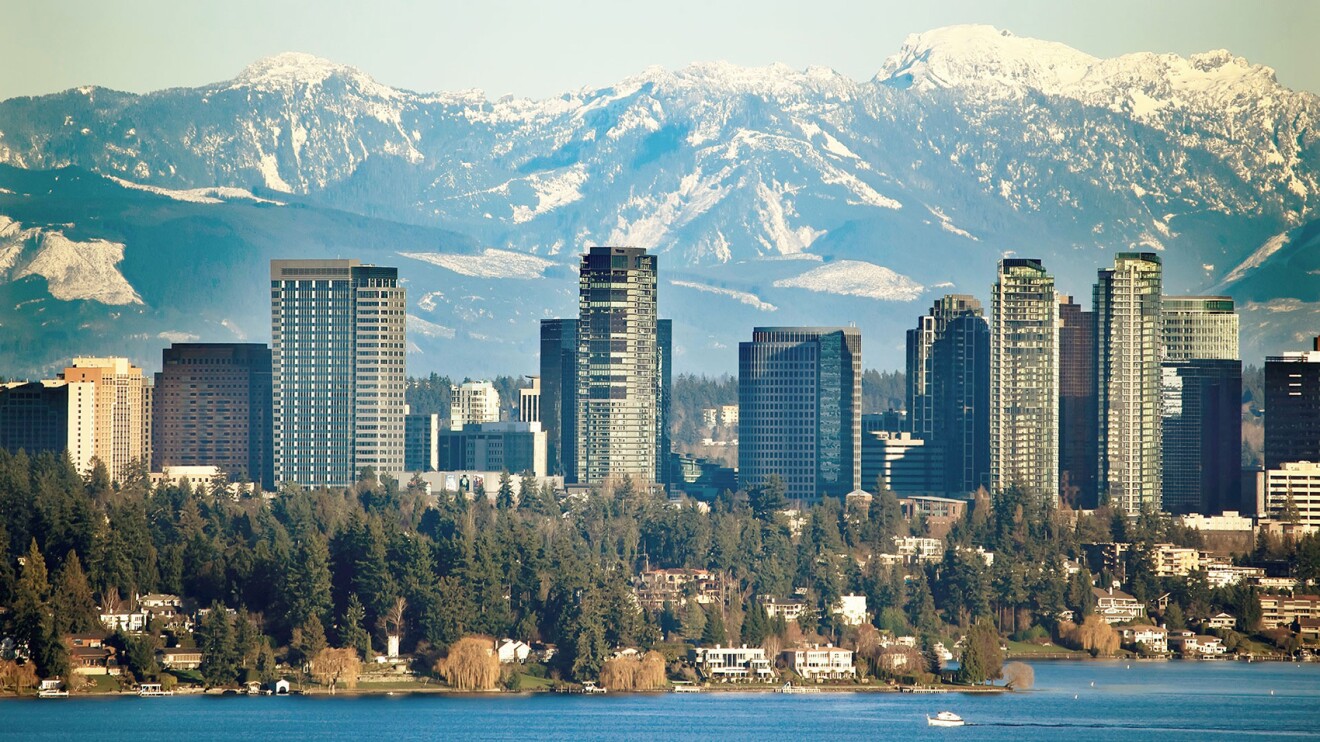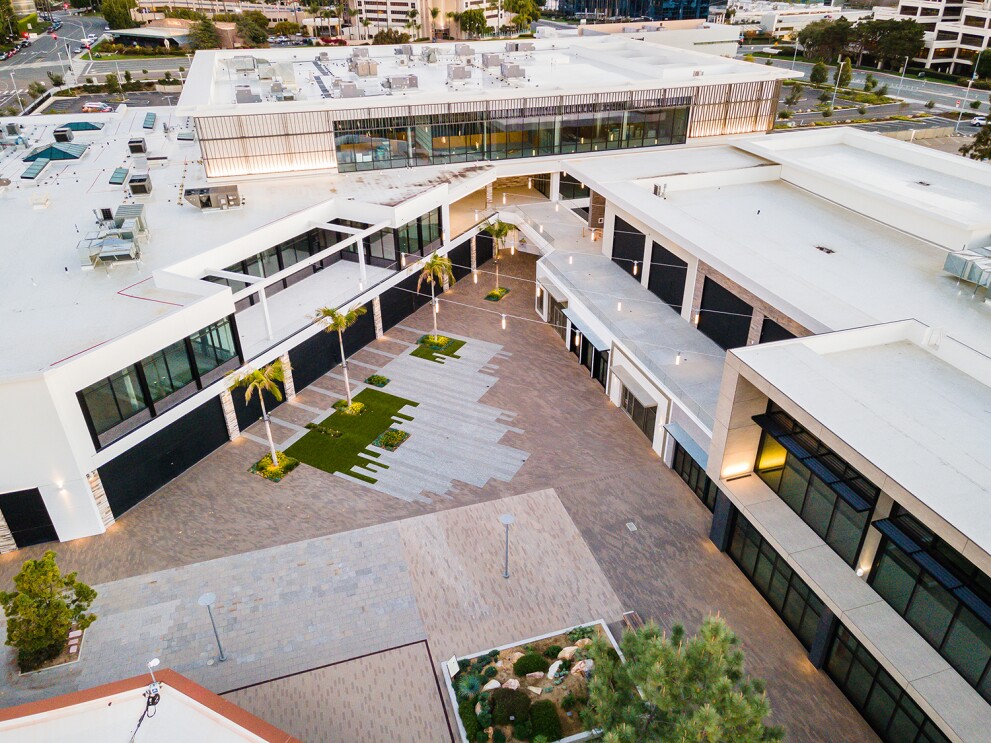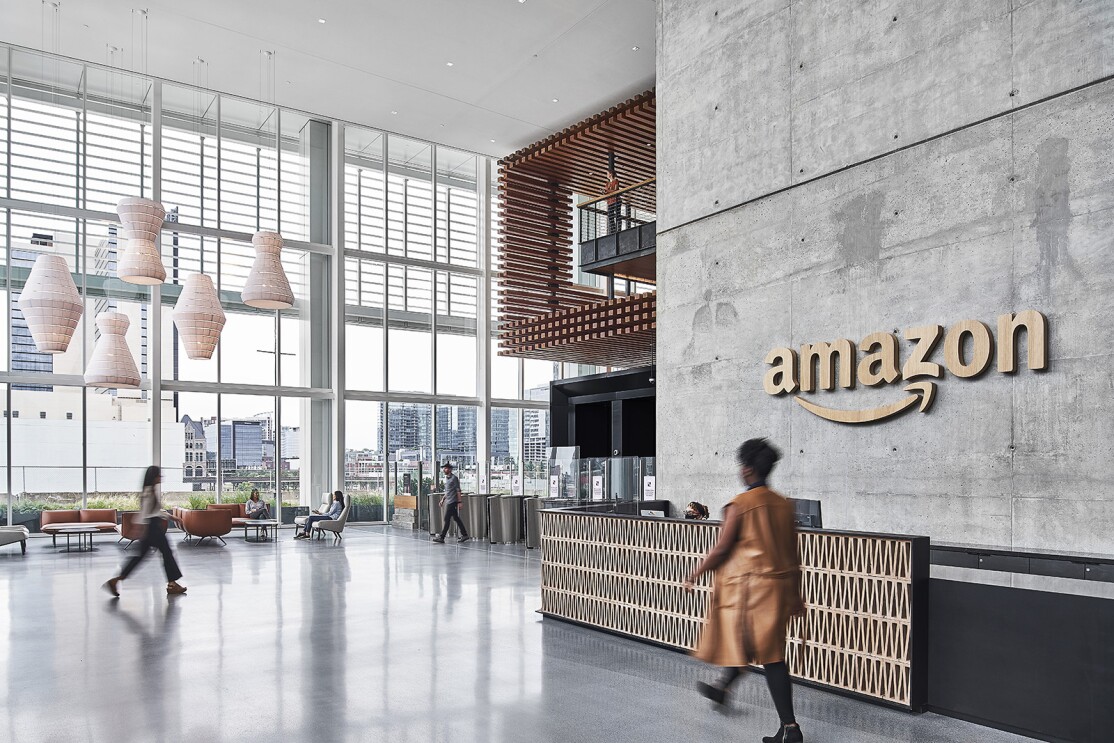For over 30 years, we’ve been investing in communities across the country—creating jobs and building infrastructure to bring people products they need in record time. We work hard to make sure that our growth has a positive impact, and we’re proud that it’s helped empower our employees and lift up the communities where we operate.
In fact, this year the Progressive Policy Institute ranked Amazon as its No.1 Investment Hero, meaning that Amazon invested more in the U.S. than any other American company. And while we’re honored to top this year’s list, we wanted to dive deeper into the data to find out exactly how our investments create jobs and improve economic outcomes for people and in communities across the country.
To do this, we worked with Keystone Strategy, a third-party economic consulting firm, as well as our internal economists here at Amazon. Here’s what they found:
1. Our investments have contributed over $1 trillion to the U.S. GDP since 2010

And last year, we directly invested over $244 billion in the U.S., including compensation to our employees and the development of our infrastructure. Keystone Strategy estimates that since 2010, our investments have contributed more than $1 trillion to the U.S. GDP, meaning that for every $1 Amazon has invested in the U.S., an additional $1.20 is contributed to the U.S. economy.
2. We support almost 5 million jobs across the country through both the people we hire and our investment in communities

When we open a new delivery station, data center, or corporate office, we’re not only bringing jobs at Amazon to the community, but helping to power the economies of big cities, small towns, and rural areas. Last year alone, our investments supported over 2 million U.S. jobs in fields like construction, retail, health care, hospitality, and professional services. On top of that, our marketplace creates opportunities for small and medium-sized businesses, and they in turn create more jobs, enabling independent sellers to employ more than 1.8 million people in the U.S. in 2023. And today, more than 60% of sales in our store come from independent sellers, most of which are small and medium-sized businesses.
3. We’ve invested over $280 billion in more than 1,000 small towns and rural areas across the U.S.

As we build our operations footprint to ensure we can deliver faster and more sustainably for our customers, we have the opportunity to create more jobs outside of big cities or centralized logistics hubs. In fact, over 40% of the 1 million people who work for Amazon in the U.S. are located in small towns across the country. Additionally, independent sellers in rural areas collectively achieved more than 60% year-over-year growth in Amazon’s store.
4. Communities that have investments from Amazon see an increase in median household income

When Amazon invests, we’ve found that it’s not only our direct employees who see the benefit, but the community as a whole. Our economists looked at counties that have Amazon fulfillment centers and compared them to similar counties without investments from the company. On average, a typical mid-sized county that received Amazon’s investment had 4,400 more new jobs than one that did not. Additionally, the median household income in counties where Amazon invested increased by up to 2.2%—or $1,350 per household per year—as compared to counties without Amazon investments.
5. Our hourly associates tell us their pay at Amazon is an average of 7% higher than where they worked before

We surveyed our employees and examined industry wages using data from a large national payroll provider and found that new operations employees’ compensation at Amazon is 7% higher than their previous industry average. And we continue to invest in our employees, including $2.2 billion to bring our average hourly base wage for our fulfillment and transportation employees to over $22 per hour, and more than $29 per hour when you include the value of their elected benefits. This is on top of other great benefits, most of which are available on the first day of employment, including health care, 401(k) access, and upskilling opportunities like prepaid college tuition for our hourly employees.
6. We’ve committed over $1.2 billion on education, upskilling, and prepaid tuition to support our hourly employees’ career goals

Upskilling programs help employees gain in-demand skill sets and propel them into new careers. Our company-funded training programs support Amazon employees as they learn critical skills to move into in-demand, higher-paying technical or non-technical roles within Amazon and beyond. From our Machine Learning University to our Career Choice program, which prepays tuition at hundreds of education partners across the country, we’re making meaningful investments to open new career and economic opportunities for our employees.
Learn about how Amazon is investing in the U.S., including a look at jobs created, economic contribution, independent sellers, and overall investments state by state.
Trending news and stories
- Amazon Pet Day 2025 is coming May 13-14 with 48 hours of deals on pet products and supplies
- LinkedIn names Amazon a top US company where people want to work for the eighth year in a row
- CEO Andy Jassy’s 2024 Letter to Shareholders
- AWS is first major cloud provider to deliver Mistral AI’s Pixtral Large as a fully managed, serverless model











